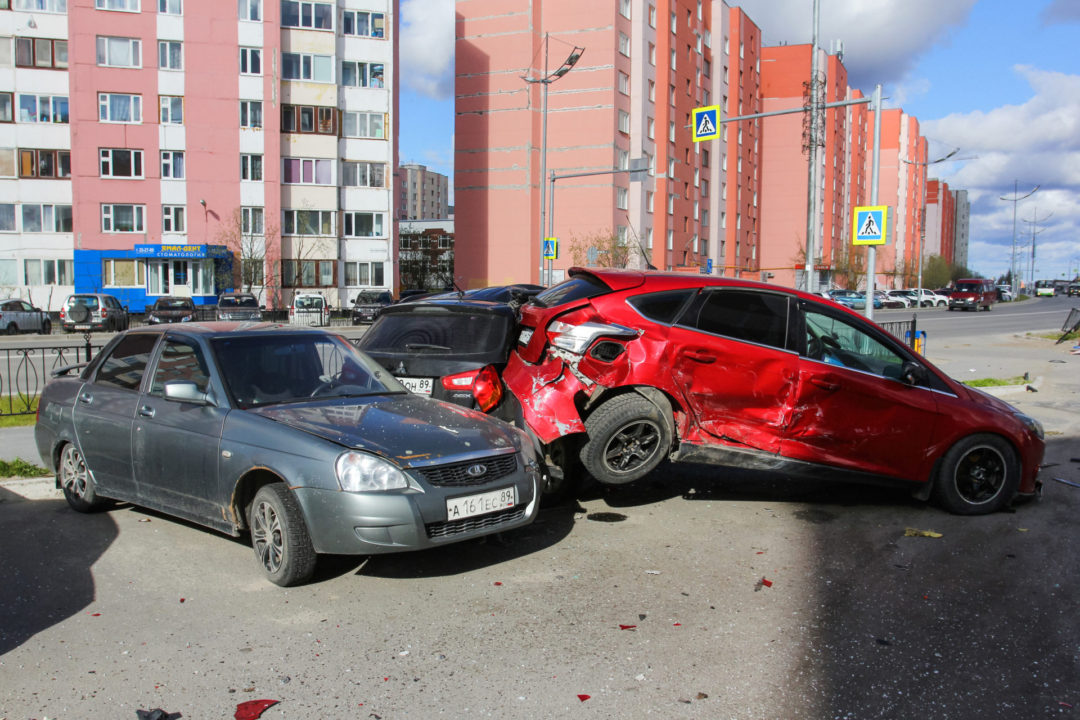Bodily injury cases typically involve the injured person seeking compensation for their damages resulting from another’s negligence or reckless wrongdoing. Most cases typically involve a single plaintiff pursuing a claim. But there are instances where two or more individuals may join forces as plaintiffs to address shared injuries or damages. A lawsuit with multiple plaintiffs adds additional layers of complexity to an already intricate legal process, requiring careful consideration of each plaintiff’s unique circumstances.
In this article, we explore some of the issues of personal injury lawsuits with multiple plaintiffs and the challenges those cases create.
Understanding Lawsuits with Multiple Plaintiffs
These cases commonly arise in situations where a group of people is affected simultaneously. This can occur in a car accident where the non-negligent driver has several passengers who are all injured when struck by a tractor-trailer. A lawsuit with multiple plaintiffs can also arise in situations such as multiple car accidents, product liability, environmental hazards or other incidents. Multiple plaintiffs can combine forces and strengthen their claims, while presenting a more compelling case against the defendant. In a personal injury lawsuit with multiple plaintiffs, each individual brings their distinct set of circumstances and injuries to the table.
Considerations and Challenges of a Lawsuit with Multiple Plaintiffs
1. Differing Injuries and Damages.
One of the primary challenges in handling multiple plaintiffs is the existence of varying injuries and damages. Each individual may have experienced different levels of harm, which requires a careful assessment of each case within the collective lawsuit. It is necessary that each of the multiple plaintiffs be able to support their respective claims with the necessary evidence to prove the damages and harms.
2. Communication and Coordination.
Effective communication and coordination among plaintiffs and their legal representatives are crucial. Keeping clear lines of communication open ensures that all parties are on the same page regarding case developments, strategies and negotiations in a lawsuit with multiple plaintiffs.
3. Consolidation of Cases
Courts may consolidate multiple plaintiffs’ cases to streamline proceedings. This approach helps avoid redundant processes, saves time and promotes efficiency in handling similar claims simultaneously.
4. Allocation of Damages
Determining how compensation will be allocated among multiple plaintiffs can be complex. Legal teams must work to establish a fair and equitable distribution of damages based on the severity of each individual’s injuries and losses. The allocation of damages issue is especially challenging in situations where the negligent actor has limited liability insurance available.
5. Defendant’s Strategy
Depending on the type of case, defendants may employ different tactics in a lawsuit with multiple plaintiffs. They will likely try to exploit the various differences among each of the plaintiffs’ claims and can attempt to diminish the validity of the collective lawsuit. Legal teams handling lawsuits with multiple plaintiffs need to be prepared to counter such strategies.
The Benefits of Joining Forces
If you are a part of an accident where there are multiple victims, there can be a greater benefit to the success of your case if you join forces with other plaintiffs. Some of the benefits may include:
1. Strength in Numbers
Multiple plaintiffs can collectively present a more robust case, potentially influencing the fact-finders’ perception of the negligent defendant’s actions.
2. Shared Resources
Any lawsuit can be expensive to bring to court with the expenses related to expert witnesses, court reporters and other necessary litigation expenses. Pooling resources and expert witnesses can be an effective way to limit each individual plaintiff’s share of the litigation costs. Joining forces also allows for a more comprehensive presentation of the case.
3. Increased Negotiating Power
Having a lawsuit with multiple plaintiffs may be able to form a sort of collective bargaining position. Defendants could be more likely to settle when confronted with a group of plaintiffs, as aggregate settlements with multiple parties can be achieved more expediently and cost-effectively than dealing with individual cases.
Helping You Navigate a Lawsuit with Multiple Plaintiffs
Personal injury lawsuits with multiple plaintiffs require a strategic approach if they are to be handled effectively. Despite the potential complexities and challenges, joining forces can prove to be the best approach to presenting the claims of multiple plaintiffs. Through effective communication, coordination and legal representation, multiple plaintiffs can navigate the legal landscape to seek the compensation they deserve for their injuries and damages.
Cases with multiple plaintiffs require the legal professionals to constantly evaluate and coordinate the litigation strategy inherent in representing a group of individuals with diverse claims. Do you need an attorney to help you with a personal injury lawsuit with multiple plaintiffs? Contact MHM to schedule a free consultation.
